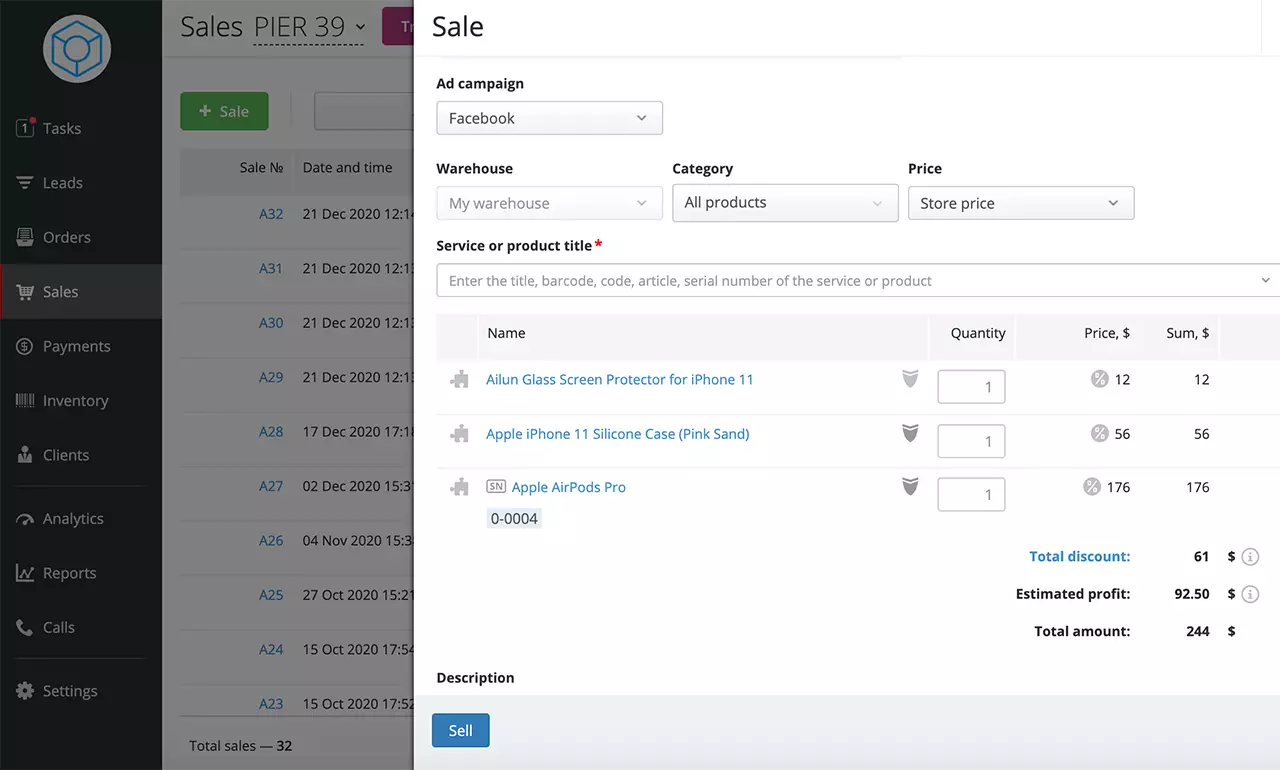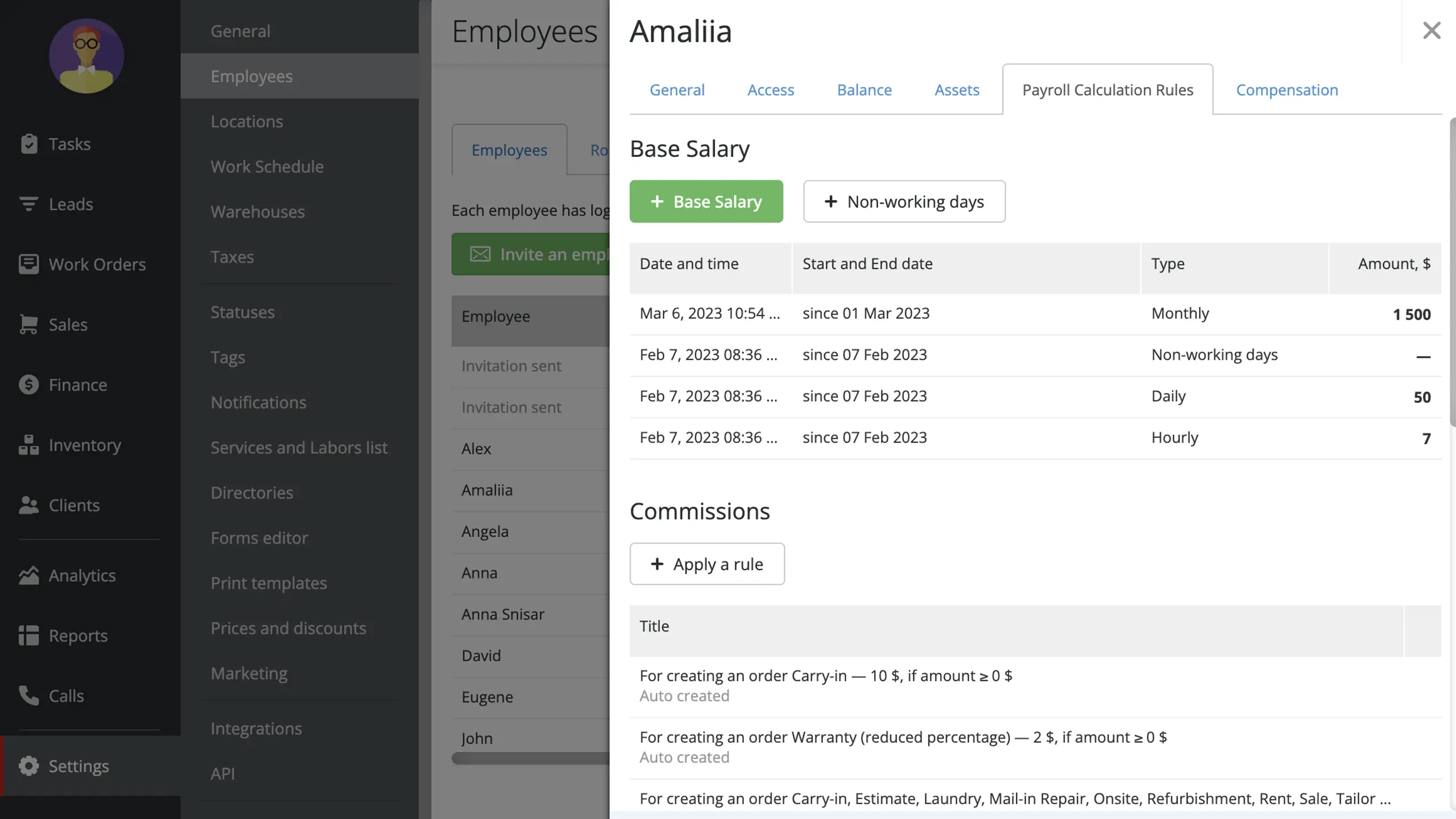Sales Plan For Small Business: Waste Of Time Or A Must?
Find out how to increase your revenue through well-organized sales processes.
Table of Contents
Why Do You Need a Strategic Sales Plan?
What Are the Basic Sales Strategies?
Components Of a Good Sales Plan
7 Steps to Writing a Sales Plan
How to Create a Sales Plan That Will Work
Final Thoughts
Are you one of those small business owners who believe that only big companies and multinational corporations with millions of revenues need a sales plan? But in reality, this belief is wrong. A well-structured sales plan with clear business goals will help your employees sell more. And as you know, good sales drive growth even in highly competitive market conditions.
Read this article to write your first sales plan for your small company that will help you make it big.
Why Do You Need a Strategic Sales Plan?
Without strategic planning, you move blindly in the dark. With a plan, you know what you want to achieve and what you need to do. There are three pillars on which every successful sales plan is based:
- Company's revenue goals
- An action plan to achieve these goals
- Resources that you will need to implement the strategy
Here are some benefits of planning sales activities for a small business:
- Revenue growth. Precise revenue targets act as a quality incentive for your sales managers. They will clearly understand what is expected from the sales department and how they can contribute to the company's financial goals.
- Motivation. Your sales reps will work more diligently, with a task-oriented approach, if they know they have to make a certain number of sales by the end of the month.
- Control. A sales plan makes your employees’ work more controllable and predictable. You'll be able to track and influence performance to the ultimate goal.
However, hours spent on planning will not guarantee you will get all of these benefits. To be effective, a sales plan has to be done right.
What Are the Basic Sales Strategies?
Your business plan should include the methods and sales tactics for identifying and targeting potential customers, building relationships with them, and effectively communicating the value of your product or service.
There are several proven strategies you can use, for instance:
- Enter a new market by adapting an existing product/service to a new environment
- Increase an average customer purchase by 10% with upselling and cross-selling techniques
- Grow profits from existing customers
- Increase the number of prospective customers
Depending on the strategy chosen, the sales plan template will vary. However, there are some essential points every type of sales plan has in its structure.
Components Of a Good Sales Plan
Before you start, get ready the following information:
Sales History
You should know the sales figures of your products/services for a specific time period—at least a year. This is the information that will determine your performance at the current point as well as improve it in the future. Regular record-keeping and reporting for months, quarters, and past years should become good habits during sales cycles.
Sales Forecasting
Sales history is also needed for forecasting future performance. With this data, you can foresee the company's future activities: the seasonality of sales, the number of new/lost customers and goods/services sold in different periods, and other vital data.
Sales Goals
These should be measurable goals featuring the number of sales you need to make in a specific time to avoid losses and make a profit.
Your sales managers and reps have to be aware of these numbers. But more is needed to create a plan that works...
7 Steps to Writing a Sales Plan
In addition to an unbiased view of your business and some planning skills, creating an effective sales plan means thoroughly reviewing an existing sales process and building a new one. To do so, follow the steps below:
Step 1: Identify your company's business goals
Determine one primary sales-related goal your employees can achieve through the plan and outline an exact timeline. For instance, selling 200 items monthly might be a good sales target for a start-up online store.
Step 2: Describe your sales team
Describe the team that will execute the sales plan to know which employees will be involved in achieving the set goals. Take into account a team structure, skillset, positions, and specializations. Technicians cannot increase the sale of cell phone covers, but they can do more repair work. Customer relationship managers, in turn, can influence customers' purchasing decisions. The goal and the skills must be comparable.
Step 3: Spot your target market
Determine who your plan is designed for — the target audience that your employees will work with to achieve your business goals. This is so that you can set achievable goals and avoid situations where the revenue growth of tens of thousands per month outlined in your sales plan may not be realistic because your low-income customers are unwilling to spend that much money.
Analysis of the market and the existing audience will allow you to understand who your potential customer is. Also, by comparing your goals with your existing customer base, you will understand whether realizing your company's full potential is possible. Maybe, you will have to enter new markets and attract other audiences.
When drafting your sales plan, describe the following:
- The target market segment in which you are working
- the audience of that market and your ideal customer profile
- the market segment for expanding your prospective customer base
- the number and capabilities of your competitors
This kind of market analysis will allow you to understand why there is a demand for what you offer, the weaknesses and strengths of your company, and the market strategy for further growth. But not only that. Market trend overview will also help with customer relationship management allowing you to improve the customer experience and expand your loyal customer base.
Step 4: Strategic resource planning
Evaluate all of your company's current resources. Will your sales team be able to increase sales without new knowledge, or should you also develop a sales training plan? Does hiring an employee who will deal exclusively with sales make sense, or is implementing a new incentive system for managers better? What tools are available now, and which could help you achieve your goals: communication solutions, a CRM system with VoIP integration for cold calls, or invoicing software?
Orderry, for instance, is a work order software for automating sales that allows you to manage customer profiles, information on their work orders/purchases, communication history, and payments in one place. You will also have your inventory and finances under control, so your team will save time on record-keeping, allowing them to focus on increasing their numbers.
 Screenshot of the Sales module in Orderry
Screenshot of the Sales module in Orderry
Explore how Orderry company dashboard software can increase sales numbers in your business
Step 5: Sales and marketing budgets
Now, it’s time to decide on your budget. How much are you willing to spend to meet your goals? Expenses that are part of sales will include salaries, employee motivation, sales tool fees, training, etc.
You must set clear goals and define financial limits to increase your annual revenue. This way, you will be sure there are enough funds to implement your sales plan and that the actions it describes will bring in more than they take away.
Step 6: Marketing strategies
Marketing defines your company's position in your chosen target market. A good marketing plan will help you improve:
- your reputation among competitors
- customers' awareness of your ability to meet their needs
- customers' opinion of your products/services
- communication to a broad audience about your company's mission
Marketing strategy affects not only your sales approach but also your customer engagement because every sale starts there.
Step 7: Motivate your sales and marketing teams
Build a transparent incentive system for your employees to encourage them to work more efficiently. Motivation can come in percentage rewards, coefficient pays, and commissions. It makes sense to automate the processes to make it work while only taking a little time for company managers to calculate salaries.
In Orderry, you can easily set up a fixed rate, percentage rewards, and coefficients to be automatically calculated depending on each employee's experience, time worked, and online task list completed.
 Setting Payroll in Orderry
Setting Payroll in Orderry
After you complete all the steps above, it’s time to set SMART goals for your employees—they should be specific, measurable, achievable, and time-limited. Read on for some practical tips to help you make them happen.
How to Create a Sales Plan That Will Work
In this section, we've put together some insights for you on how to create a sales plan that will help you reach your targets in the easiest way possible:
- When creating your sales plan, pay attention to your competitors: what sales tools they use, what strategies they implement, and what was successful and what failed.
- Maintain a customer database in CRM to consider the proportion of repeat and regular customers when building your sales plan.
- Collect historical financial data to track the dynamics of their changes after implementing your sales plan.
- Create multiple sales plans for different periods: months, quarters, and years to provide a clear benchmark for employees.
- Create individual sales plans for each of your teams depending on your company's organizational structure. Each employee should understand what to strive for within the company.
- Ask your employees for feedback on their challenges in working with customers and how they interact with your company.
- Update your sales plan regularly (at least every 6 or 12 months). Treat the document as a living, changing organism, reviewing and revising it depending on circumstances and results.
Once your sales plan is ready, communicate it to your employees because it's up to them to make it a success.
Final Thoughts
Making as many sales as you want is possible with a well-thought-out sales plan. Fortunately, creating one is easier than it may seem at first glance. Analyze your past key performance indicators, available resources, current sales funnel, and your budget to determine at what point you are now and where you’d like to come. Select a strategy, motivate employees, and control the implementation. And soon, you will see the positive results of your and your team’s hard work.



